Termites are common pests that can cause significant damage to commercial and residential properties. They feed on wood and other cellulose-based materials and can cause structural damage to buildings over time. Preventing termite infestations is essential to protect your property and prevent costly repairs.
Termite infestations are a common problem in Florida due to the state’s warm and humid climate, which provides ideal conditions for termite growth and reproduction. According to the University of Florida’s Institute of Food and Agricultural Sciences (IFAS), termites cause millions of dollars in damage to Florida homes yearly.
This blog will provide eight actionable tips to prevent termite infestations on commercial or residential properties.
Maintain a clean and dry property
Moisture is essential for termites to survive and attract them to damp and humid conditions. Regular cleaning and drying of the property, especially in areas that are prone to moisture buildups, like crawl spaces, basements, and attics, is crucial to reduce the risk of termite infestations. Additionally, fixing any leaks or water damage as soon as possible will prevent termites from being attracted to the property.
Termites thrive in moist environments and feed on cellulose material such as dead wood, leaves, and other debris. Keeping your property clean and dry reduces the amount of food and harborage available to termites, making it less attractive to them and reducing the risk of infestation. This can be achieved by adequately maintaining gutters, fixing leaks, removing dead wood, and regularly cleaning up yard waste.
Remove wood-to-soil contact
This involves separating any wooden structures in your property from direct contact with soil. This is important in preventing termite infestations because termites can easily access wooden structures by tunnelling through the ground. By removing the wood-to-soil connection, you create a barrier that makes it more difficult for termites to reach the wood, reducing the risk of infestation. This can be achieved by installing a physical barrier, such as concrete or metal flashing between the wood and soil or by elevating wooden structures above ground level.
Store firewood and lumber away from the property
Firewood and lumber are excellent food sources for termites and can attract them to the property. The precautionary measure involves keeping firewood and lumber at a distance from the main structures of your property. This is important in preventing termite infestations because termites can use firewood and lumber as a bridge to reach wooden structures and cause infestations.
Storing firewood and lumber away from the property reduces the risk of termites using these materials to access your structures. It is recommended to store firewood and lumber at least 20 feet away from the property and to keep it elevated off the ground to prevent termites from using it as a bridge.
Seal cracks and crevices in the building’s foundation
Termites can enter a building through small cracks and crevices in the foundation. Inspecting the foundation regularly and repairing any cracks or crevices as soon as they are discovered is vital to prevent termites from entering the building.
By sealing cracks and crevices, you create a barrier that makes it more difficult for termites to enter the building and reach wooden structures, reducing the risk of infestation. This can be achieved by using a sealant such as silicone caulk to fill any gaps or cracks in the foundation, around pipes and other entry points, and at the junction of the foundation and walls.
Inspect the property regularly
Regular property inspections can help you identify termite infestations early, allowing you to take action to prevent further damage. Hiring a pest control specialist to conduct routine checks is recommended, and they should perform a termite treatment if necessary.
Early detection of termite infestation can prevent significant damage and reduce the cost of treatment. By inspecting the property regularly, you can identify any potential problems and take prompt action to address them. This can be achieved by conducting a thorough inspection of the property at least once a year, paying close attention to areas prone to termite infestations, such as the foundation, crawl spaces, attics, and basements.
Suppose you suspect termite activity, and it seems beyond your control. In that case, it is essential to seek the help of a professional pest control company to confirm the presence of termites and recommend an appropriate course of action.
Use termite-resistant materials
Consider using termite-resistant materials like concrete, metal, and treated wood when building or renovating a property. This will help prevent termites from infesting the building and causing damage.
The control measures include choosing materials that are less attractive to termites or can withstand termite damage when building or renovating structures. This is important in preventing termite infestations because termites are attracted to specific materials, such as cellulose-based materials like wood and paper.
Using termite-resistant materials reduces the amount of food and harborage available to termites and makes it more difficult for them to cause damage. This can be achieved by using materials like treated wood, metal, or concrete in construction or renovation projects and by avoiding using cellulose-based products in areas susceptible to termite damage.
Use chemical treatments
Chemical treatments, such as baits and liquid termiticides, are an effective way to prevent termite infestations. It’s essential to have a professional pest control service implement these treatments and monitor the results to ensure that the termites are eliminated.
Chemicals can effectively kill termites and prevent them from causing damage. Using chemical treatments, you can create a barrier that makes it more difficult for termites to access the structure and reduce the risk of infestation. This can be achieved by seeking the help of a professional pest professional, which can assess the level of infestation and recommend an appropriate chemical treatment. It is essential to follow the pest control company’s instructions and the chemical product’s label to ensure that the treatment is effective and safe.
In addition to the above tips, it’s also essential to eliminate potential food sources for termites on your property, such as piles of leaves, wood chips, and other organic materials. Keeping the property clean, dry, and debris-free will make it less attractive to termites and help prevent infestations.
In conclusion, termites can cause significant damage to commercial and residential properties if not controlled and appropriately prevented. Termite control is not an easy task, by following these eight actionable tips, homeowners and commercial property owners can reduce the risk of termite infestations and protect their property from costly damage. If you suspect a termite infestation, it is crucial to take action immediately and have a professional pest control service inspect the property, identify the termite species and choose the best way to treat the situation at hand.
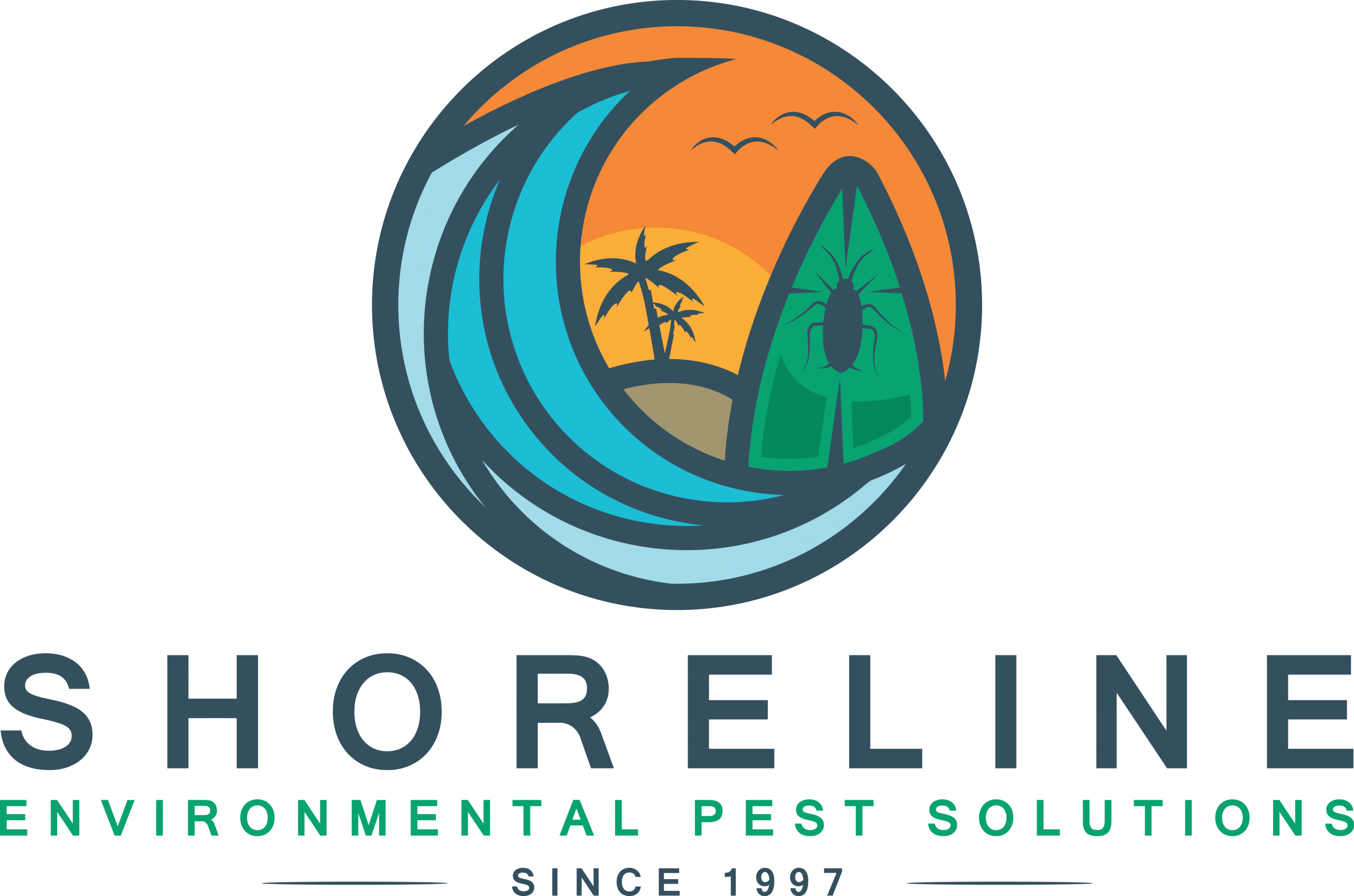
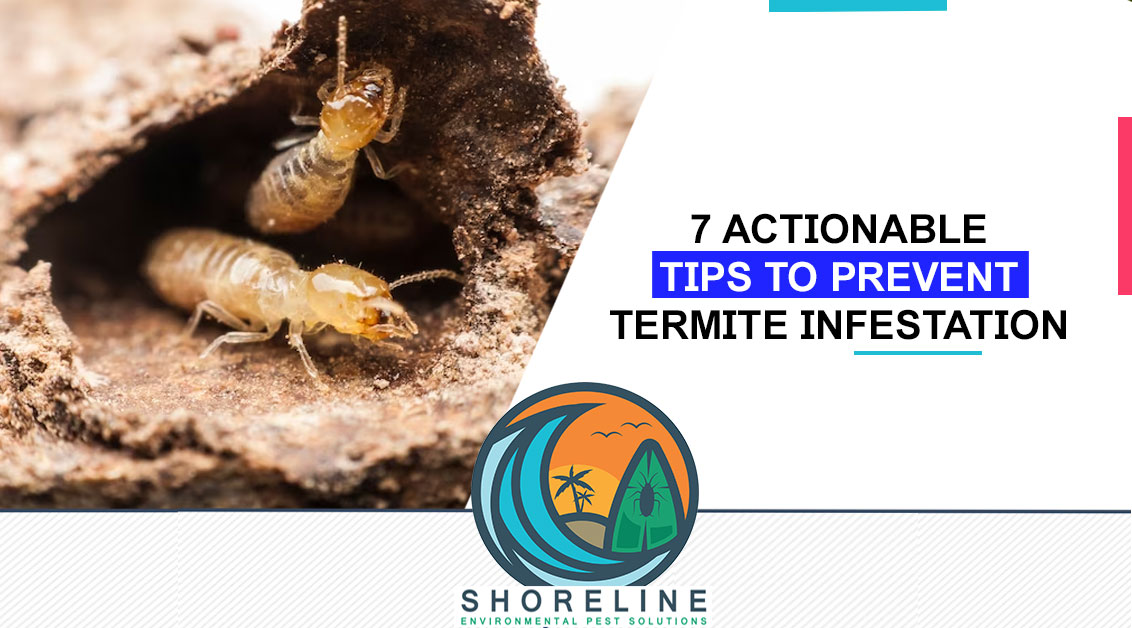
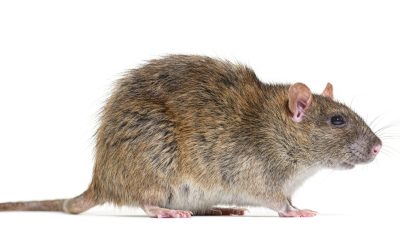
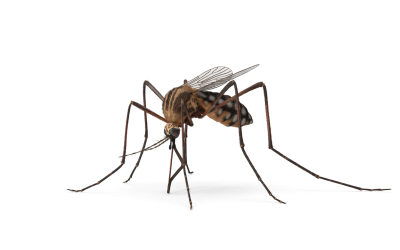
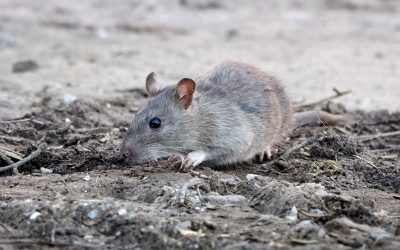
0 Comments